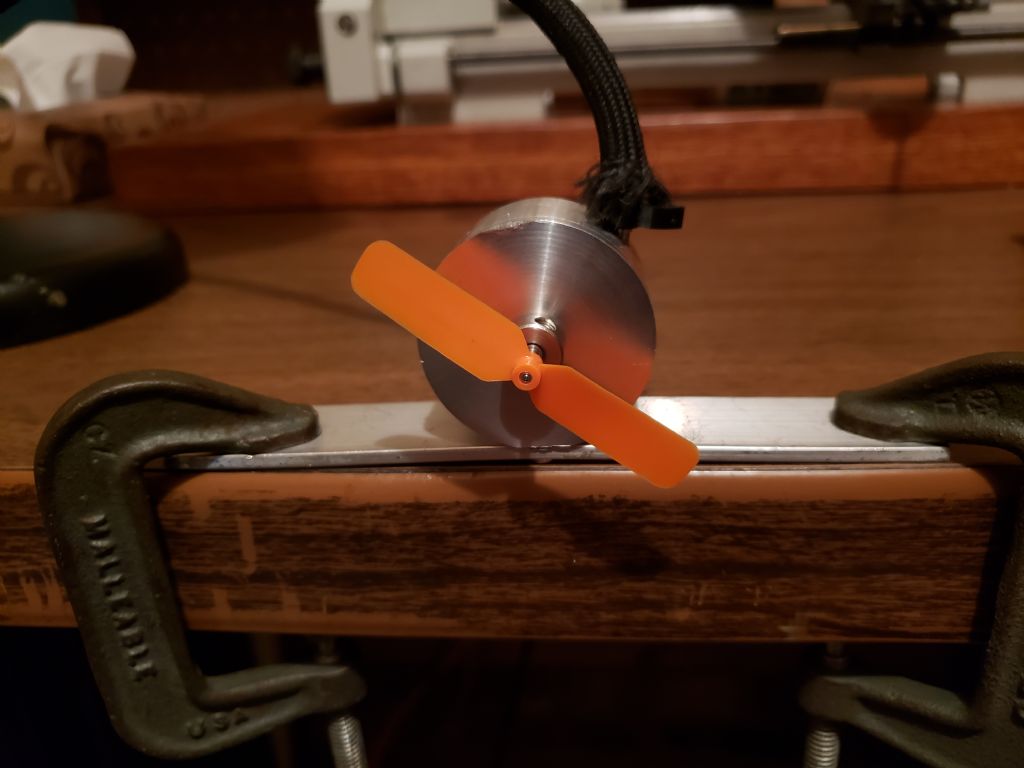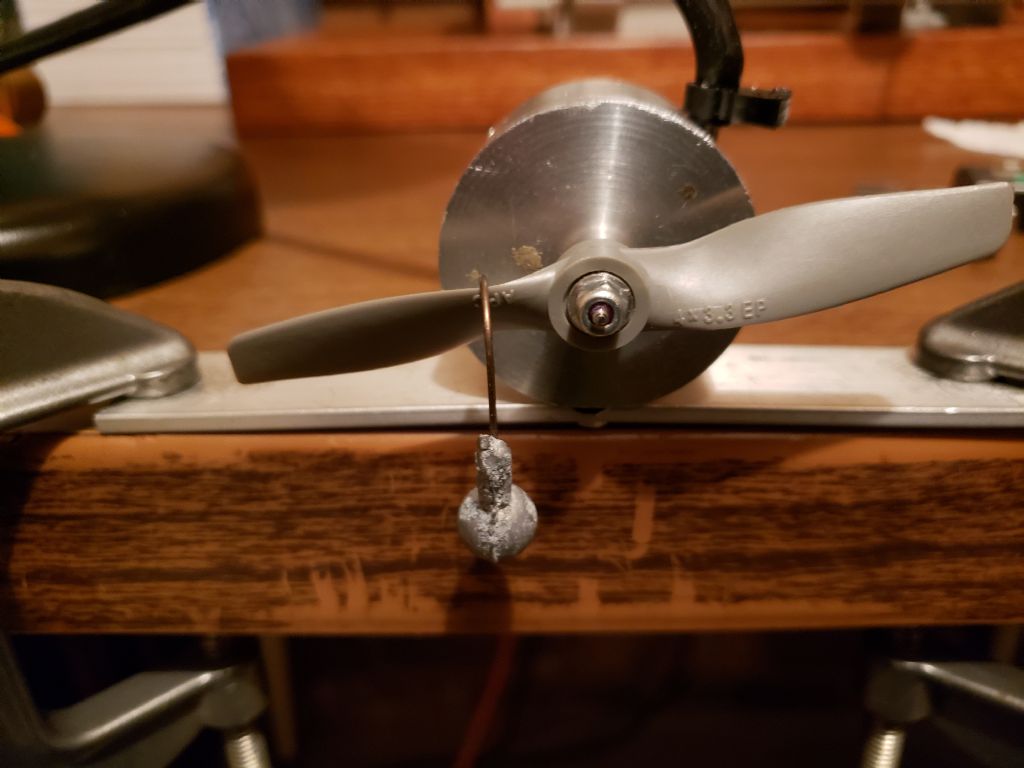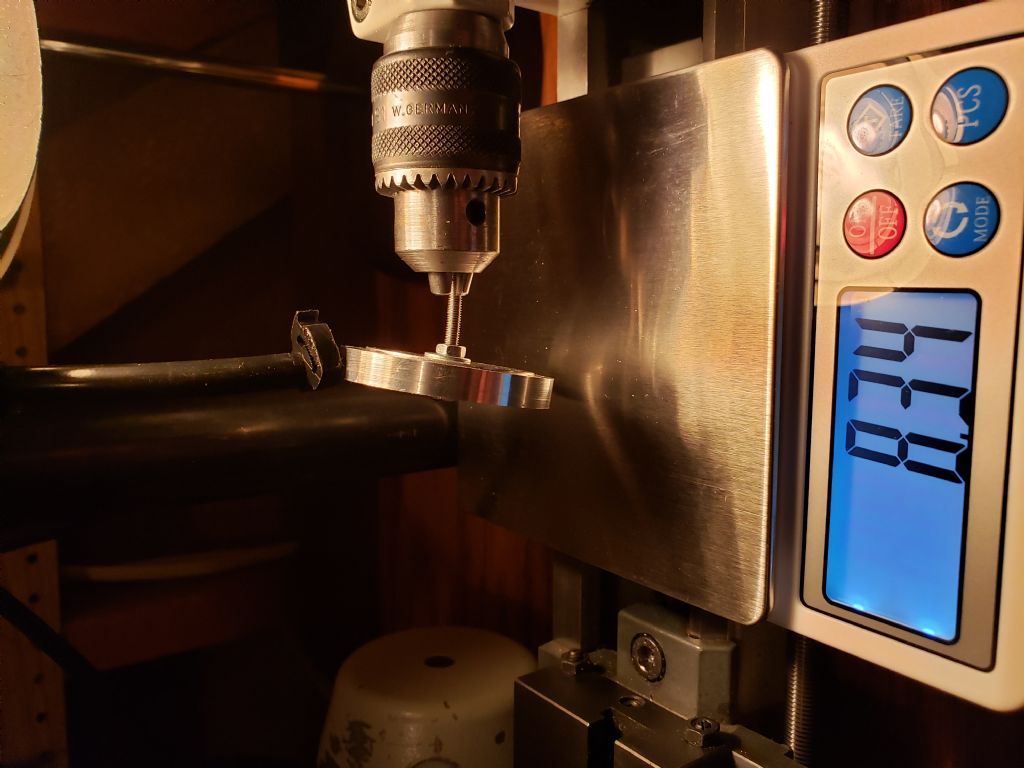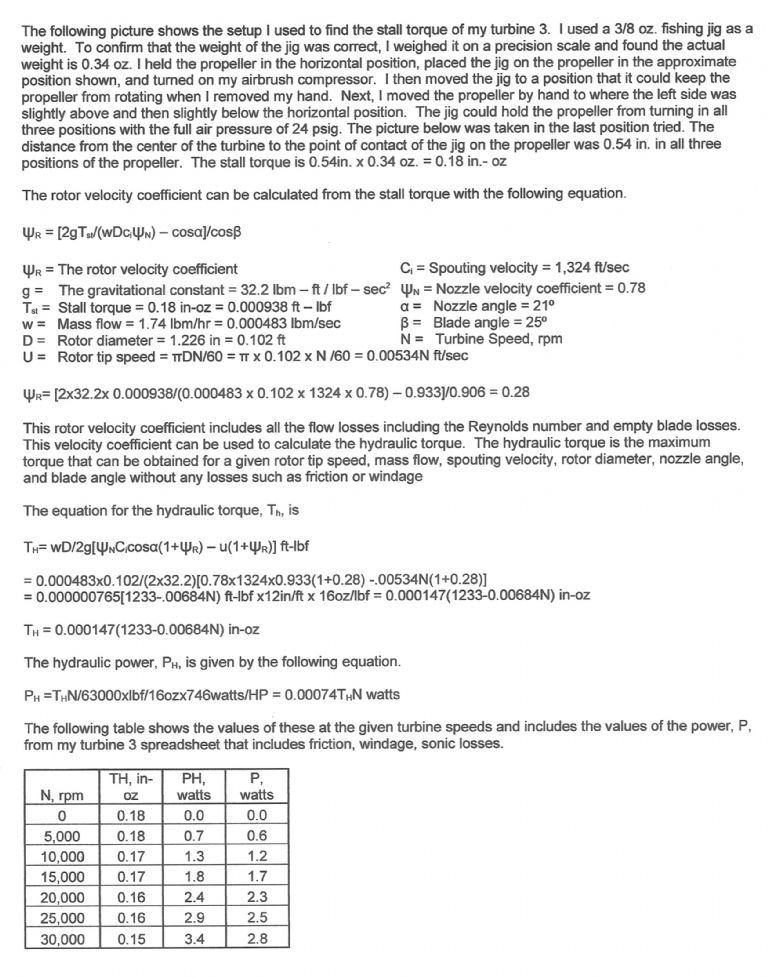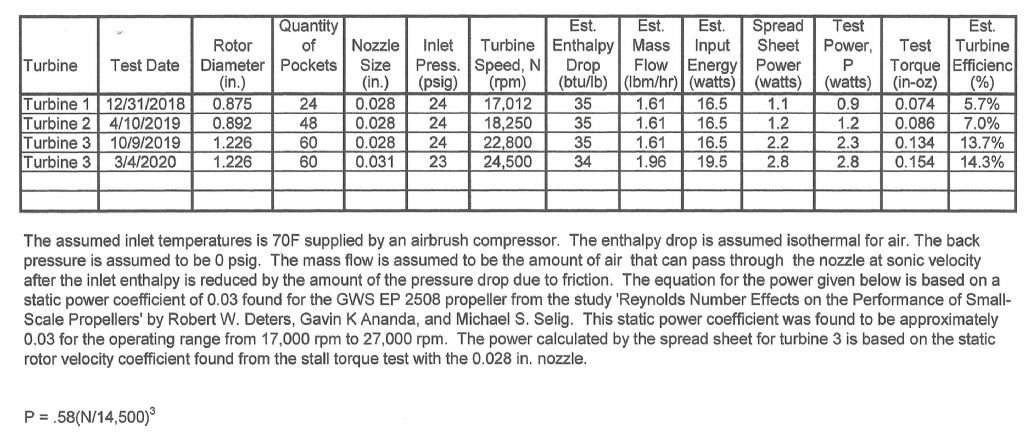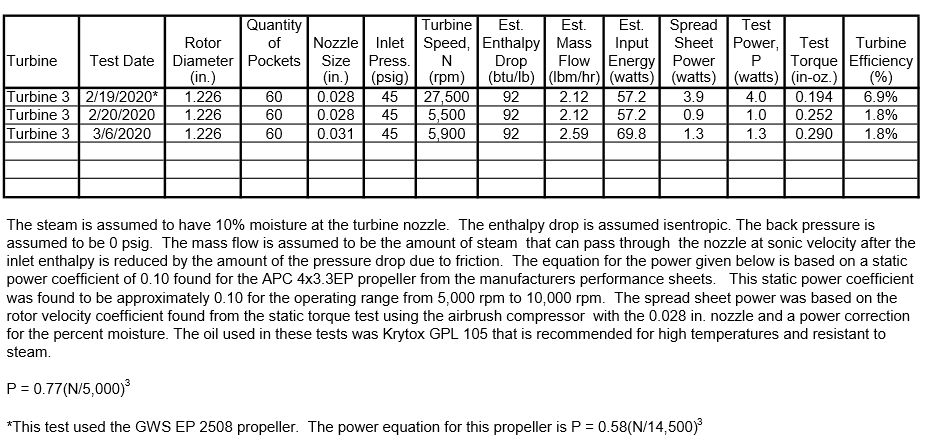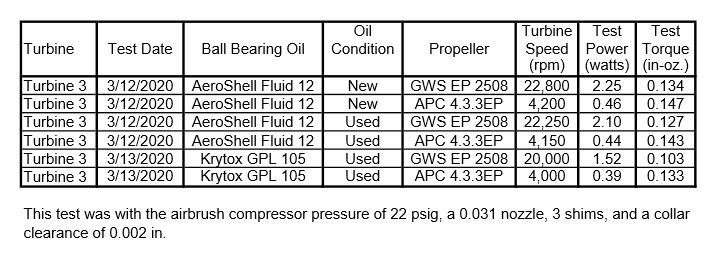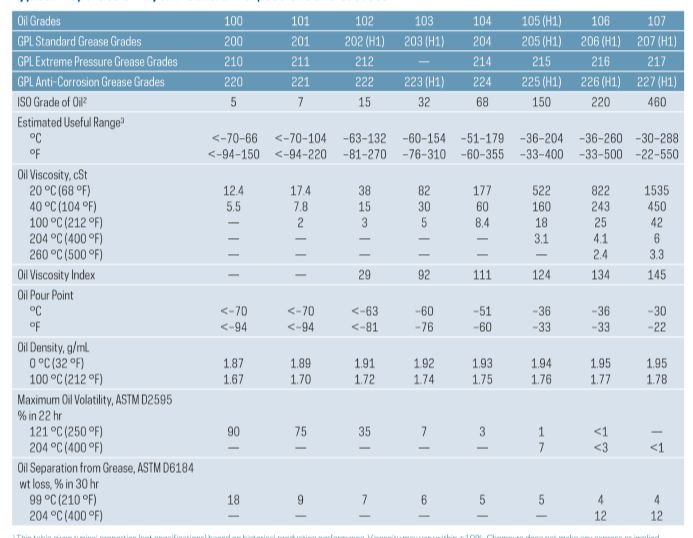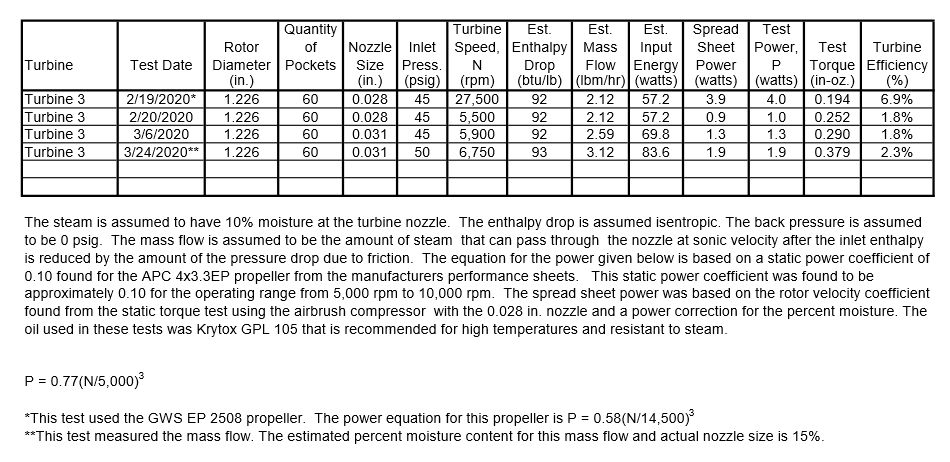The rotor velocity coefficient of 0.21 found in the post of 21/12/2019 includes all the flow losses including the Reynolds number and empty blade losses. This velocity coefficient can be used to calculate the hydraulic power. The hydraulic torque is the maximum torque that can be obtained for a given rotor tip speed, mass flow, spouting velocity, rotor diameter, nozzle angle, and blade angle without any losses such as friction or windage. All of these parameters except the rotor tip speed were given in the 21/12/2019 post and are shown again below.
ψR = The rotor velocity coefficient
g = The gravitational constant = 32.2 lbm – ft / lbf – sec2
Tst = Stall torque = .21 in-oz x ft/12 in x lbf/16 oz = 0.00109 ft – lbf
w = Mass flow = 1.74 lbm/hr x hr/3600 sec = 0.000483 lbm/sec
D = Rotor diameter = 1.226 in x ft/12 in = 0.102 ft
Ci = Spouting velocity = 1,324 ft/sec
ψN = Nozzle velocity coefficient = 0.96
α = Nozzle angle = 21⁰
β = Blade angle = 25⁰
The equation for the hydraulic torque, Th, is
Th= wD/2g[ψNCicosα(1+ψR) – u(1+ψR)]
= 0.000483×0.102/(2×32.2)[0.96x1324x0.933(1+0.21) -u(1+.21)]
= 0.000000765[1435-1.21u) ft-lbf x12in/ft x 16oz/lb
=0.000147(1435-1.21u) in-oz
u= the rotor tip speed, ft/sec
u= πDN/60 = πx0.102xN/60 = 0.00534N
N = Turbine Speed, rpm
Th = 0.000147(1435-1.21×0.00534N) in-oz
Edited By Turbine Guy on 21/12/2019 20:10:07
Turbine Guy.



